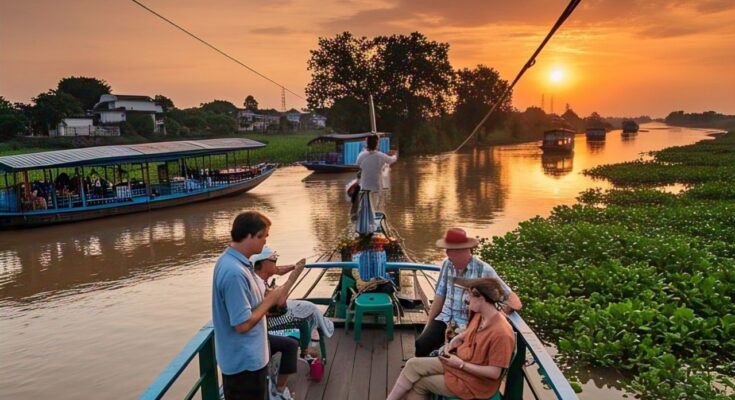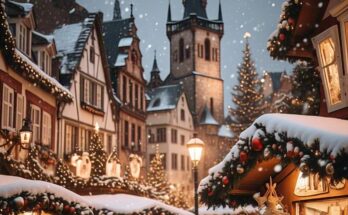
As the Pandaw ship steadily moved downstream through the busy Vietnamese section of this Mekong river cruise, dusk was beginning to set in.
I climb to the sun deck to take in the dreary dancing in front of me, mentally appreciating our captain’s steely nerves, not wanting to miss a second of this spontaneous performance. Even though we had just recently left Cambodia, the contrast was already very noticeable; the picturesque landscapes of the peaceful countryside were both literally and figuratively far behind us as we approached the Mekong Delta’s pandemonium.
Apparently unaffected by our ship’s ear-splitting horns, cable ferries, fishing barges, dredging boats, and private vessels crisscrossed dangerously just a few feet below. It appeared as though everyone was too preoccupied with defending their small piece of Mekong to give a damn.
It was easy to cross the sea border between Vietnam and Cambodia on the Indochina Peninsula, and we arrived in Chau Doc just on schedule.
Doc Chau
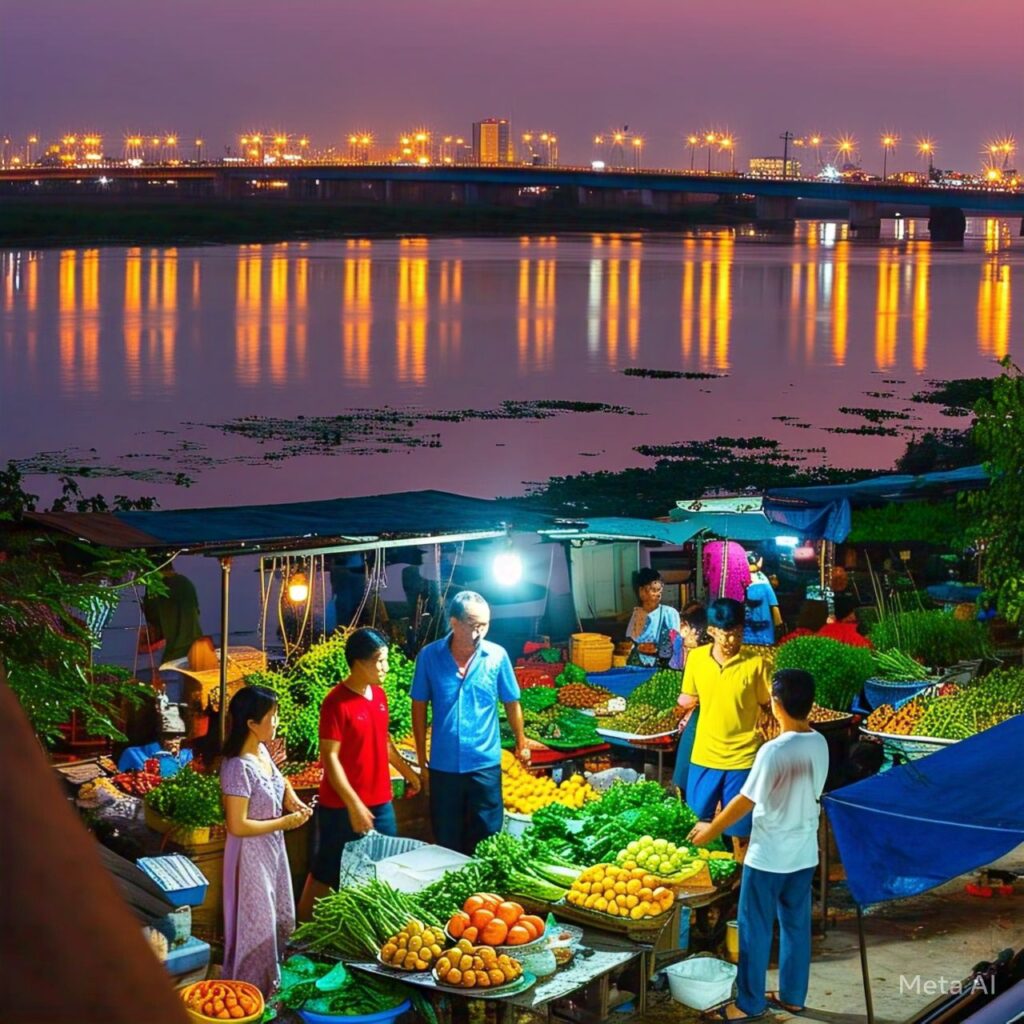
Chau Doc is a very unique town with its mosque and Muslim community; in fact, for a village this size, it benefits from a remarkable amount of cultural diversity.
I get off the old wooden boat and board a flimsy bamboo bridge that will take me over a canal lined with luxuriant floating vegetation. The stilt dwellings, which are perched high on the banks of the River Bassac, let me slyly take in the way people live. As I make my way to the high street, I come upon a tiny but, to put it mildly, fragrant street market.
A PSA is required at this stage. Let me tell you, even if Vietnam had a public health code of some sort, it would not be strictly enforced.
In a makeshift bowl, fish anxiously await their eventual faith wiggle. Only at the client’s request is fish decapitated in Vietnam to show its freshness. On a motorcycle, raw meat is kept in a wicker basket that is completely exposed to the sun. Buses and lorries fly by only a few meters away from the scene, yet nobody seems to care because this is the way Vietnamese marketplaces operate.
I leave the market with what I believe to be a fairly good series of photos, surprised and grateful for the spontaneity and friendliness with which Vietnamese people greet photographers, because I don’t think my stomach or immune system would be willing to forgive such an insult.
I’ve had the opportunity to see a floating market, an artisanal fish farm, and even a town whose life is largely dependent on rice byproducts thanks to the excursions on our Mekong river trip. I’m trapped inside the building housing the production center due to an unexpected downpour. It’s equally important. From the women who make paper rice to the guys who manage puffed rice, I now have plenty of time to welcome the employees and appreciate their craft.
Sa Dec
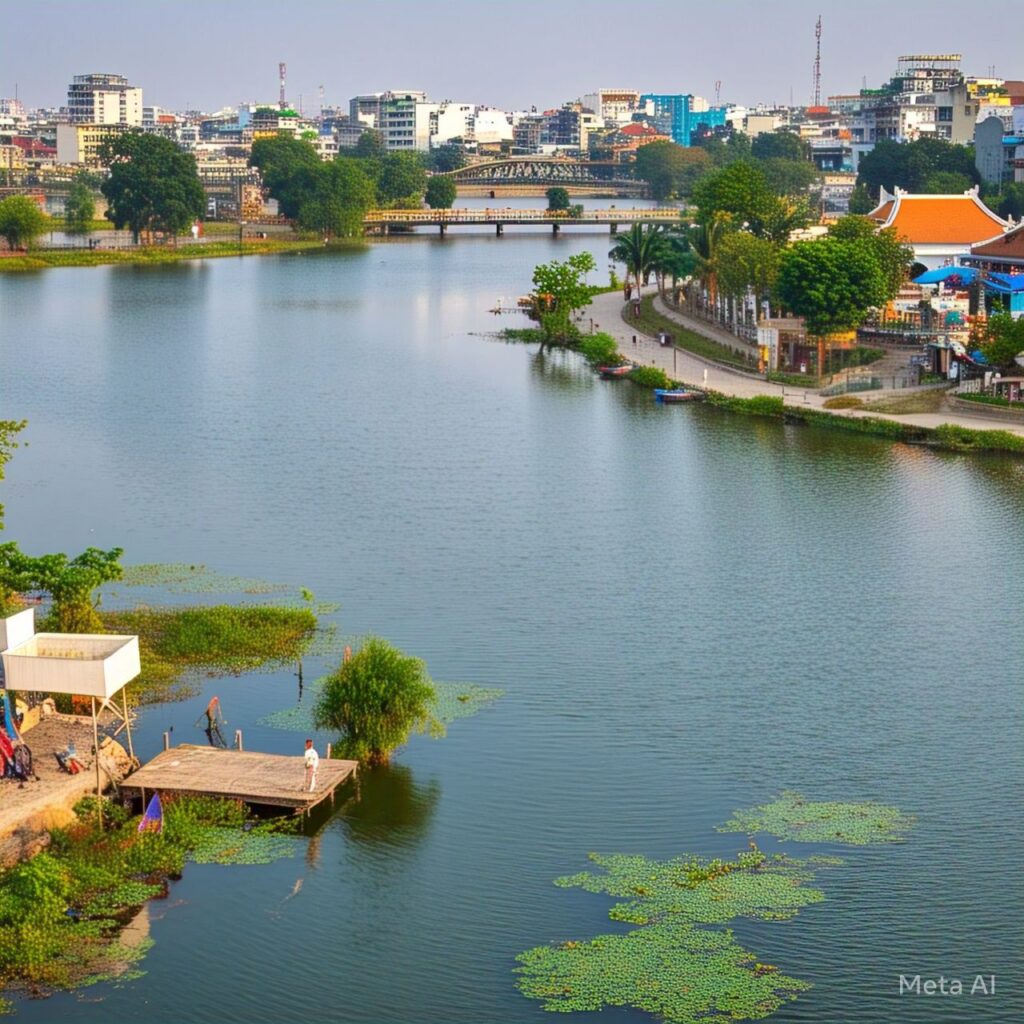
I had the opportunity to visit Sa Dec as well. This place, which is home to about 150,000 people, has the charm and ambience I anticipated from bustling South-East Asia. In the 19th century, it served as the Mekong Delta’s unofficial capital.
The sino-French mansion shown in Marguerite Duras’s autofiction novel and film, The Lover, which is based on her early life in Indochina, is a popular destination for European tourists. The protagonist Huynh Thuy Le lived in this charming urban pagoda, which dates back to 1895. The vast public market, which spans multiple blocks, was discovered by those who were not familiar with the author; it features rice, fish, meat, flowers, fruits, and vegetables. Despite the stalls being stacked, none of them are empty.
City of Ho Chi Minh
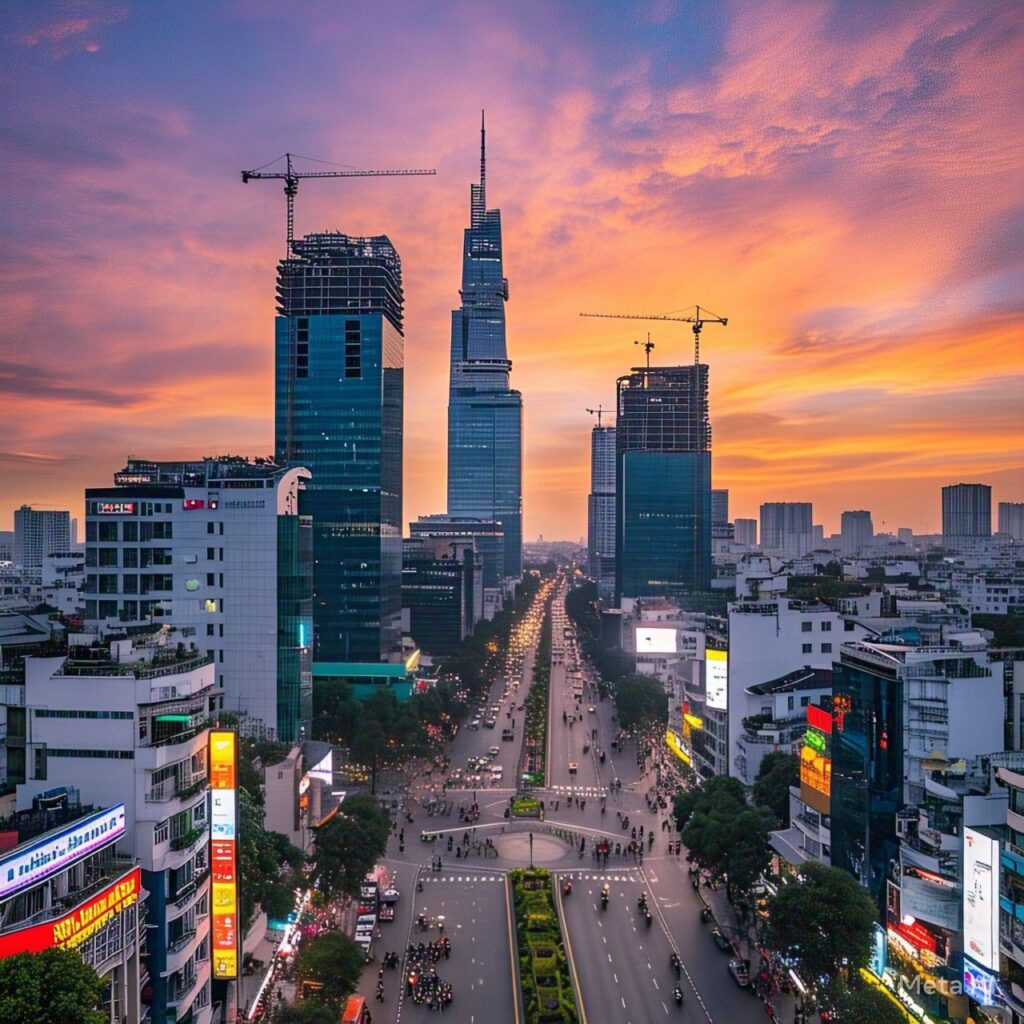
The capital, which was formerly known as Saigon, surprises me greatly even though I was given a lot of advise before coming here. I believed I was psychologically ready for the absurd chaos. How foolish of me! Crossing the street in Ho Chi Minh City requires a great deal of courage because, without traffic lights, eight million scooters constantly race to their destination, showing little concern for the defenseless pedestrians. The only way to get to the nearby sidewalk is to find a space in traffic, no matter how tiny, then bravely cross the street and cross your fingers.
Another way to experience Saigon is to go to its historical sites, which cover everything from French colonization to the American War. alleys where it feels as though time has stopped. Temples filled with incense. The Notre-Dame cathedral is remarkably European. The Palace of Reunification, a dissonant place. tunnels in Cu Chi. Ho Chi Minh City is intricate and multi-layered!
Ho Chi Minh City has plenty of activities to keep you occupied for a few days. Indeed, I would need an entire week just to sample the cuisine. Pho! Meat on a grill! Noodles! It’s springtime! Unfortunately, I only have 48 hours to see the city during this Mekong river cruise, so I decide to end it with drinks at the upscale Rex Hotel at sunset.
Vietnam is a nation full of contrasts because of its past. Therefore, I believe that in order to completely understand its identity, it needs to be visited multiple times. Even though I’ve just touched the surface, I prefer to view it as a justification for going back rather than an all-too-brief excursion.
